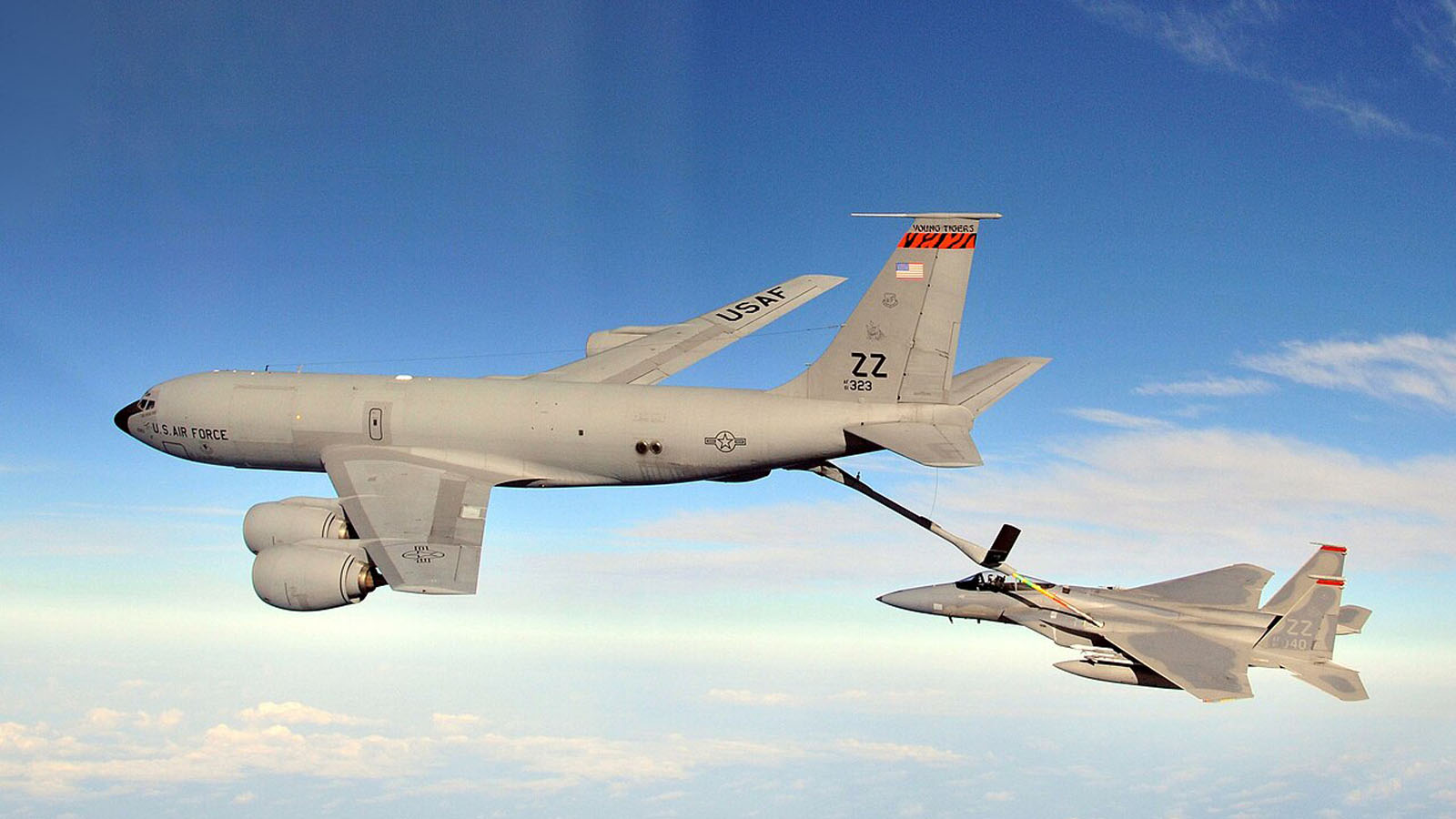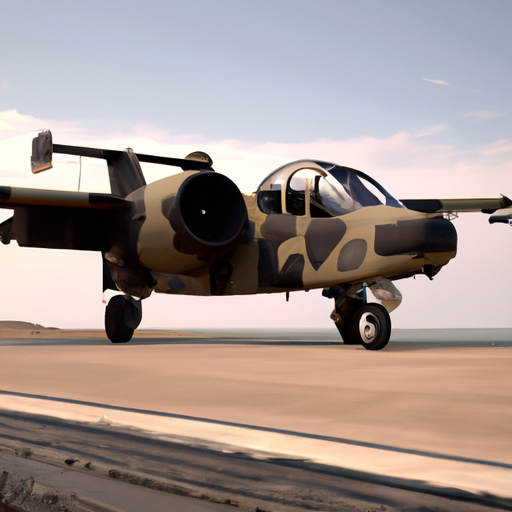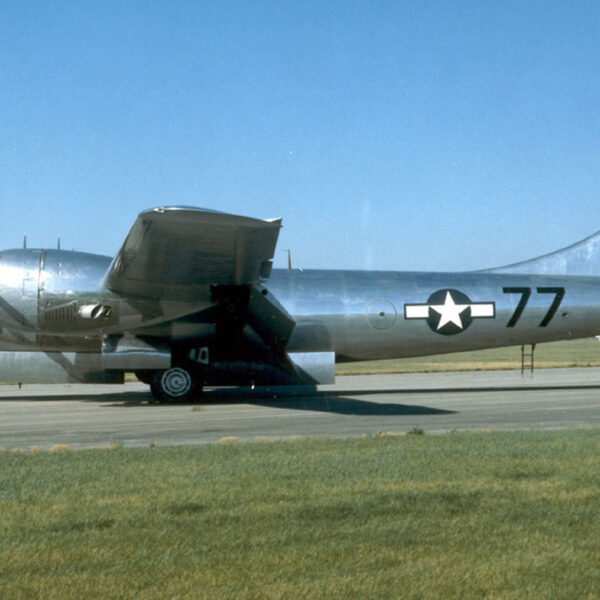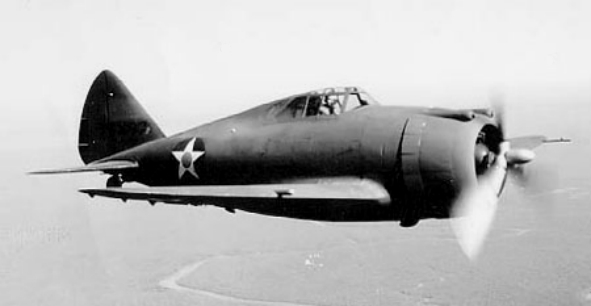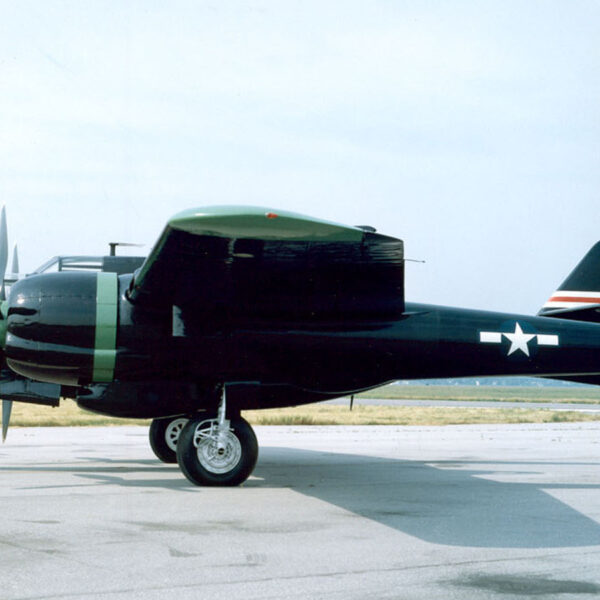“Unstoppable strength and versatility in the skies – the Lockheed C-130E Hercules.”
Introduction
The Lockheed C-130E Hercules is a versatile and iconic military transport aircraft in service for over 60 years. It was first introduced in the 1950s and has since become a staple in the air forces of many countries worldwide. With its impressive capabilities and reliability, the C-130E Hercules has played a crucial role in various military operations, humanitarian missions, and civilian operations.
Lockheed C-130E Hercules in Military Operations
One of the notable uses of the C-130E Hercules is its role in humanitarian aid and disaster relief missions. The aircraft’s ability to operate in rugged and austere environments makes it ideal for delivering supplies and equipment to areas affected by natural disasters or conflicts. In 2017, during the aftermath of Hurricane Maria in Puerto Rico, the C-130E Hercules was vital in delivering food, water, and medical supplies to remote and inaccessible areas. Its short takeoff and landing capabilities allowed it to operate from small and damaged runways, making it a crucial lifeline for those in need.
The C-130E Hercules has also been a key player in military operations, supporting ground troops and conducting a wide range of missions. Its ability to carry heavy loads and operate in various weather conditions has made it a preferred choice for airlifting troops, equipment, and supplies. During the Vietnam War, the C-130E Hercules was used extensively for troop and cargo transport, as well as for aerial refueling and close air support missions. Its versatility and reliability in combat have made it a staple in military operations.
In addition to its transport capabilities, the C-130E Hercules has also been modified for specialized missions. One such modification is the AC-130 gunship, equipped with powerful weapons and sensors for close air support and ground attack missions. The AC-130 has been used in various conflicts, including the Gulf War, Afghanistan, and Iraq, providing crucial support to ground forces and conducting precision strikes on enemy targets. Its ability to loiter over a target for extended periods and deliver accurate firepower has made it a formidable asset in modern warfare.
The C-130E Hercules has also played a significant role in aerial firefighting operations. Its ability to carry large amounts of water or fire retardant and operate in rugged terrain has made it an essential tool in fighting wildfires. In 2019, during the devastating wildfires in Australia, the Royal Australian Air Force deployed their C-130E Hercules aircraft to drop water and retardant on the fires, helping to contain and extinguish them. The aircraft’s speed and agility allowed it to make multiple drops in a short amount of time, making a significant impact on the firefighting efforts.
Furthermore, the C-130E Hercules has been crucial in special operations missions. Its ability to operate at low altitudes and in hostile environments has made it a preferred choice for inserting and extracting special forces teams. The aircraft’s ability to fly at night and use advanced navigation systems has also made it a valuable asset for covert operations. The C-130E Hercules has been used in various special operations missions, including the raid on Osama bin Laden’s compound in 2011.
In conclusion, the Lockheed C-130E Hercules has significantly impacted military operations since its introduction in 1954. Its versatility, reliability, and adaptability have made it a crucial asset in various missions, from humanitarian aid to combat operations. The aircraft’s continued use and modifications demonstrate its enduring value and importance in modern warfare. As technology advances and new aircraft are developed, the C-130E Hercules remains a staple in military operations, proving its worth repeatedly.

Capabilities of the Lockheed C-130E Hercules
The Lockheed C-130E Hercules is a versatile and reliable military transport aircraft that has been in service for over 60 years. It has been used by various countries worldwide for various missions, from troop and cargo transport to aerial refueling and search and rescue operations.
One of the most notable features of the C-130E Hercules is its four turboprop engines, which allow it to take off and land on short and unprepared runways. This makes it ideal for remote and austere environments where traditional jet-powered aircraft may be unable to operate. The engines also provide the aircraft with high maneuverability, allowing it to perform tactical missions such as low-level flying and airdrops.
The C-130E Hercules has a maximum payload capacity of 45,000 pounds and can carry up to 92 fully equipped troops or 64 paratroopers. It can also transport a wide range of cargo, including vehicles, artillery, and supplies. The aircraft’s cargo compartment is 41 feet long, 9 feet high, and 10 feet wide, providing ample space for various types of cargo. Additionally, the C-130E Hercules has a rear loading ramp and door, which allows for quick and efficient loading and unloading of cargo and personnel.
In addition to its transport capabilities, the C-130E Hercules is also equipped with various defensive systems, making it a formidable aircraft in combat situations. It has a radar warning receiver, chaff and flare dispensers, and infrared countermeasures to protect against enemy threats. The aircraft also has a self-defense system that can be operated by the crew or automatically in response to incoming threats.
The C-130E Hercules is a transport and combat aircraft and can perform aerial refueling missions. It is equipped with a retractable refueling probe to refuel other aircraft in mid-air. This capability greatly extends the range and endurance of the C-130E Hercules, making it an essential asset for long-range missions.
Another key feature of the C-130E Hercules is its ability to operate in various weather conditions. It is equipped with a weather radar and de-icing system, allowing it to fly in adverse weather conditions such as rain, snow, and icing. This makes it a reliable aircraft for peacetime and combat operations, as it can operate in various environments.
The C-130E Hercules is known for its short takeoff and landing (STOL) capabilities. It can take off and land on runways as short as 2,000 feet, making it suitable for operations in remote and austere locations. This feature has been crucial in humanitarian and disaster relief missions, where the aircraft can quickly deliver aid and supplies to areas with limited infrastructure.
In addition to its impressive features, the C-130E Hercules has a long service life and has undergone several upgrades and modernizations. This has allowed it to remain a relevant and practical aircraft in modern military operations. The aircraft has also been exported to various countries, further showcasing its versatility and reliability.
In conclusion, the Lockheed C-130E Hercules is a highly capable and versatile military transport aircraft. Its four turboprop engines, cargo capacity, defensive systems, aerial refueling capabilities, and ability to operate in various weather conditions make it an essential asset for various missions. With its long service life and continuous upgrades, the C-130E Hercules will play a vital role in military operations for years.
History and Evolution of the Lockheed C-130E Hercules
The Lockheed C-130E Hercules is a military transport aircraft in service for over six decades. It has played a crucial role in various military operations and has been continuously upgraded to meet the changing needs of the armed forces. In this article, we will take a closer look at the history and evolution of this iconic aircraft.
The C-130E Hercules was first introduced in 1956 by the American aerospace company Lockheed. It was designed as a tactical transport aircraft to replace the aging C-119 Flying Boxcar. The initial design was based on the C-130A model but with a longer fuselage and increased cargo capacity. The first flight of the C-130E took place in August 1954, and it was officially introduced into service in April 1956.
One of the key features of the C-130E was its ability to operate from unprepared runways, making it a versatile aircraft for military operations. It could also carry a significant amount of cargo, up to 42,000 pounds, and had a range of over 2,000 nautical miles. These capabilities made it an essential asset for the US Air Force during the Cold War.
In the 1960s, the C-130E underwent several upgrades to improve its performance and capabilities. The most significant upgrade was the addition of the Allison T56-A-7 turboprop engines, which increased the aircraft’s power and range. This upgrade also led to the aircraft’s designation as C-130H, with the “H” standing for “Hercules II.”
The C-130E also played a crucial role in the Vietnam War, where it was used for various missions, including troop and cargo transport, medical evacuation, and aerial refueling. Its ability to operate from short and unprepared runways made it an ideal aircraft for delivering supplies to remote areas and supporting ground troops.
In the 1970s, the C-130E underwent another major upgrade, known as the C-130E (Hercules III) Improvement Program. This upgrade included the installation of more powerful engines, improved avionics, and a redesigned wing. These upgrades significantly improved the aircraft’s performance and extended its service life.
The C-130E continued to serve in various military operations, including the Gulf War, which was crucial in transporting troops and supplies. It also saw action in humanitarian missions, such as delivering aid to disaster-stricken areas and supporting peacekeeping operations.
In the 1990s, the C-130E underwent another significant upgrade, known as the Avionics Modernization Program (AMP). This upgrade included installing a digital flight control system, a new radar, and improved navigation and communication systems. These upgrades improved the aircraft’s reliability and reduced the workload for the crew.
The C-130E also saw action in the War in Afghanistan and the Iraq War, where it was used for various missions, including troop transport, cargo delivery, and aerial refueling. Its versatility and reliability made it a vital asset for the US military in these conflicts.
In 2013, the US Air Force retired the last of its C-130E models, marking the end of an era for this iconic aircraft. However, many countries worldwide still operate the C-130E, which is crucial in military operations and humanitarian missions.
In conclusion, the Lockheed C-130E Hercules has a rich history and has evolved over the years to meet the changing needs of the military. Its versatility, reliability, and ability to operate from unprepared runways have made it a vital asset for various missions. Although it has been retired from service in the US Air Force, its legacy continues to live on through its upgraded versions and its continued service in other countries. The C-130E will always be remembered as a legendary aircraft crucial in shaping military aviation history.


